
Welcome to our ‘Knowledge Bank’
Here we aim to boost your background knowledge on the ingredients, cooking styles and history of Caribbean Cuisine.

Donald Hinds
European Historian
One of our erudite European Historian on the Caribbean, Donald Hinds, sets out a challenge for those of you who think you are knowledgeable enough about Caribbean Food. While for the uninitiated, he offers a useful script for your next dinner party.
![]()
![]()
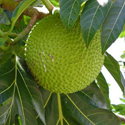
DID YOU KNOW THIS ABOUT BREADFRUIT?
The breadfruit is inextricably caught up in the romance of the Mutiny on the HMS Bounty of 1793 when Captain Bligh was sent to Tahiti to bring back plants which would grow in the Caribbean and provide food for the growing slave population. In the end Bligh brought back breadfruit, jackfruit and the Otaheite apple which were first planted in the fertile soil of St Thomas, Jamaica.
![]()
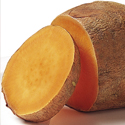
DID YOU KNOW THIS ABOUT YAMS?
Yams are the staple diet of rural folk and since they are tuberous roots and natives of Africa they would have been more familiar to the slave populations of the Caribbean than the more widely publicised breadfruit.
There are two categories, hard and soft. St Vincent and Renta are just two examples of soft and hard varieties.exhaustive and are frequently cultivated by subsistence farmers. The latter remains where it was first cultivated long after the farmer has moved on and so earned the sobriquet ‘Renta’ meaning I rent here!
![]()
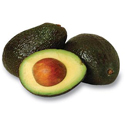
DID YOU KNOW THIS ABOUT AVOCADOS?
Ever felt confused about why avocado is called a pear? Actually it is quite common for plants that share the same shape to be given the same generic name. Usually the lesser know fruit or vegetable takes the name of the more popular one. However avocados are now more popular than the pears they were called after! Hence the confusion!
![]()
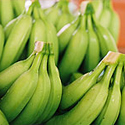
DID YOU KNOW THIS ABOUT BANANAS?
There are many myths about the banana, for instance what is referred to as a bunch on the stalls in the growing cosmopolitan markets, is really a hand ( and we won’t quibble about hands having four fingers and a thumb). A hand of banana is made up of several fingers.
Years ago subsistence farmers would respond to the blowing of the conch shell by taking their bananas to the exporters’ agents in the main village. Only stems containing six or more hands would be accepted. The old Harry Belafonte calypso tells the story of the checkers who could spot each stem as they were held up several feet away ‘six hand! seven hand! eight hand! BUNCH!’ Stems of nine and above hands were classified as a bunch, fetching the highest price.
In the 1960s a British journalist was trying to portray one of the Caribbean’s aspiring pop singers ( Millie Small) as regular tomboy so talked of her spending time climbing banana trees. Of course, had the journalist checked his facts he would have found that banana trees do not lend themselves to being climbed, unless by lizards!
![]()
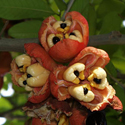
DID YOU KNOW THIS ABOUT ACKEE?
Of all the vegetables to be found in the Caribbean the ackee is possibly the most peculiar! Not only can no-one agree upon the spelling, but this ‘vegetable’ is actually a fruit which grows on trees big enough to rival mango and avocado trees - and that is only the beginning!
![]()
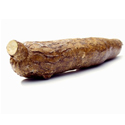
DID YOU KNOW THIS ABOUT CASSAVAS?
These tuberous vegetables were the staple diet of the indigenous peoples of the Caribbean, the Arawaks and the Caribs. It is said that the Arawaks were able to turn the yellow liquid from bitter cassavas into a very potent drink, but this art seemed to have been lost.
![]()
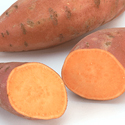
DID YOU KNOW THIS ABOUT SWEET POTATOES?
To distinguish between this kind of potato and a common potato, on some Caribbean islands one is called Sweet Potato and the other ‘Irish Potato’ It is thought this is a historical nod to the Irish Potato famine of 1840.










